The Checker Maven
Jump to navigationTheory of Fun
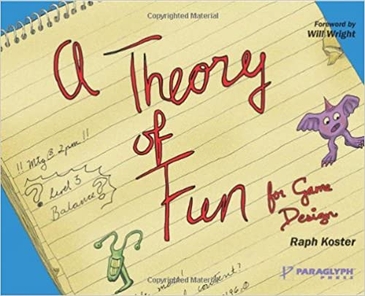
There's an interesting book titled A Theory of Fun for Game Design by Raph Koster, published in 2004. The book touches on some valid points about how games are designed and ultimately played. However, when it comes to our game of checkers, Mr. Koster says the following.
"Until now, I've been discussing formal game design--- abstract simulations. But we reely see truly abstract simulations in games. People tend to dress up game systems with some fiction. Designers put artwork on them that is suggestive of some real-world context. Take checkers for example--- abstractly it's a board game about entrapment and forced action, played on a diamond-shaped grid. When we say "king me" in checkers, we're adding a subtle bit of fiction to the game; suddenly it has acquired feudal overtones and a medieval context. Usually, the pieces have a crown embossed on them."
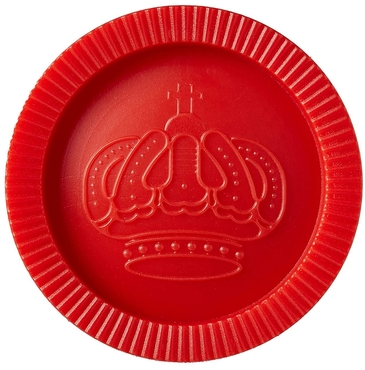
We don't have enough space in this column to discuss all of Mr. Koster's errors and misconceptions; suffice it to say that he seems to have little or no knowledge of checkers played as a serious game. However, we did get genuine amusement from the idea of "feudal overtones" related to the process of crowning a piece. We wonder if, as a potential player, he would also subscribe to the common erroneous advice to "always keep your king-row intact."
So, for today's checker problem, let's use our collective imagination. Think of the kings as bearing jeweled crowns and dressed in the finest of purple robes. Think of the men as clad in leather armor and metal helmets, bearing swords, axes, and pikes. Think of the checkerboard as the field of battle, perhaps in ancient Carthage (ancient rather than medieval, but still quite colorful). Listen to the call of trumpets, the beat of drums, the battle cries of the massed warriors.
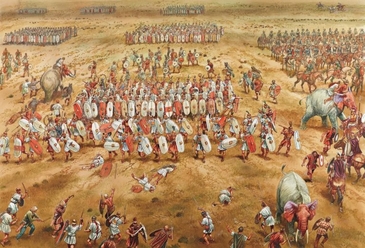
Or maybe not. Perhaps you'd just like to solve a good checker problem without a lot of distracting imagery. It's up to you. Was Mr. Koster correct or incorrect with his medieval contexts and feudal overtones? Does it really matter?
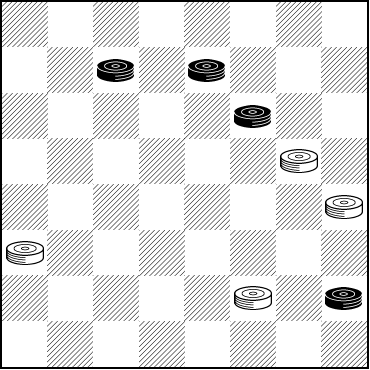
WHITE
White to Play and Draw
W:W16,20,21,27:B6,7,11,28
See how you do with this one and then click on (or march over to, if you will) Read More to view the solution.![]()
Solution
The problem is by E. E. Creswell and appears in Horsfall's Problem Book as No. 380.
16-12 28-32 12-8---A 32x23 8-3 6-10---B 3-8 11-15 20-16 23-19 8-11 19x12 11x2---C 10-14---D 2-7---E 15-19 7-10 14-18 10-15 Drawn.
A---27-23 and 27-24 both lose.
B---Obviously not 7-10 3-7.
C---The alternate jump 11-18 loses.
D---Or 15-19; move order doesn't matter.
E---Or 2-6 same idea.
An instructive problem requiring careful play. Medieval? Feudal? Whatever!
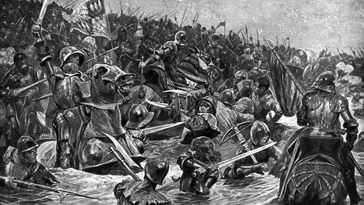
You can email the Webmaster with comments on this article.
